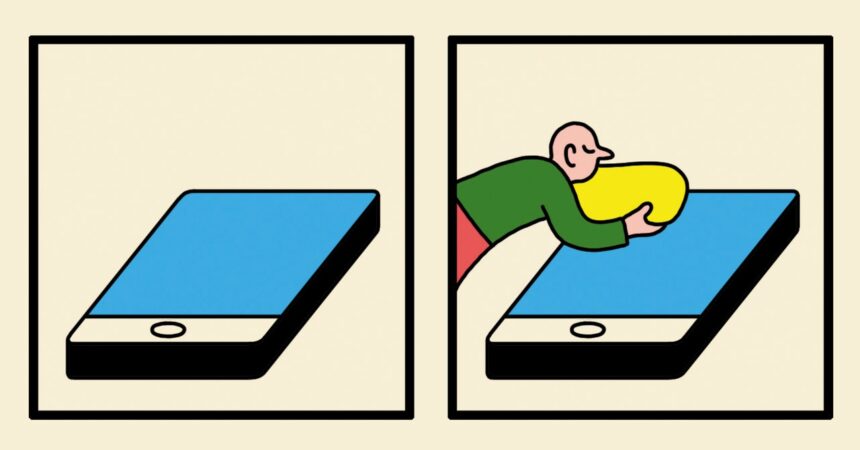Rethinking Our Relationship with Digital Technology: A Path to Healthier Screen Habits
In an age where screens dominate our lives, there’s an ongoing debate concerning the impacts of digital technology on our mental health and well-being. While many suggest that screen time is to blame for various societal issues—from declines in attention spans to deteriorating sleep quality—the truth may be more nuanced. Current research indicates that screen usage, rather than being an absolute villain, is just one piece of a larger puzzle of factors affecting our mental health. As we seek to navigate this digital landscape, it’s essential to cultivate a healthier relationship with our technology.
Moving Beyond Screen Time
Instead of fixating on the amount of time spent on devices, we should consider the quality of our digital consumption. This perspective echoes the concept of a "digital diet," where the diversity and intention behind our content consumption become more critical than the duration of our usage. Just as we assess our dietary habits by focusing on what we eat and when, so too should we evaluate our screen habits. Are we engaging with enriching content that adds value to our lives, or are we mindlessly scrolling through social media? Understanding the "why" behind our digital habits can help us make more intentional choices.
Reframing Technology Use: From Addiction to Habit
The narrative of addiction often simplifies our relationship with technology, framing it as a binary choice between excessive use or total abstinence. However, researchers propose a more productive approach—analyzing our screen habits rather than labeling them as addictions. Self-reflection can reveal that many of our interactions with technology are habitual rather than compulsive. By identifying what we enjoy about our screens, we can cultivate habits that promote positive engagement rather than mindless consumption.
Regularly Assessing Our Screen Habits
A single moment of reflection won’t suffice; ongoing awareness of our screen habits is vital. To effectively adjust our relationship with technology, we must delve deeper into our motivations. Why do we choose to binge-watch a show rather than turn in for the night? Terms like “digital detox” may capture attention but often fail to provide sustainable solutions. Continuous self-assessment can help individuals identify patterns and feelings tied to their screen usage, ultimately revealing underlying offline issues or stresses.
Making Tweaks to Our Screen Behavior
Once imbalanced habits are identified, it’s essential to enact changes that lead to more beneficial interactions with our devices. While a universal solution may be elusive, experimenting with various strategies can help. For example, utilizing features like ‘Night Shift’ on smartphones may not biologically impact sleep quality, but setting a specific time for screen dimming serves as a helpful reminder that it may be time to wind down. Awareness of how devices function and integrating nudges into our routines can facilitate a healthier approach to technology.
Questioning Narratives Surrounding Technology
The prevailing narratives about screen use can inadvertently shape our beliefs and attitudes. The concept of the "illusory truth effect" suggests that repeated exposure to specific ideas can lead us to accept them over time, even if they lack a factual basis. Therefore, adopting an inquisitive stance towards the information we encounter about technology is crucial. Rather than wholly accepting negative portrayals, we should assess the evidence critically. The understanding of screen time impacts remains fragmented—a fact sometimes overlooked in professional and public discourse.
Conversations About Technology Use: A Necessary Step
Guilt and stigma often accompany discussions about tech use. This sense of shame can discourage open dialogue about our digital experiences, making it challenging to share both successes and struggles. Nonetheless, recent studies indicate that supportive connections help individuals navigate online challenges more effectively. Building resilient networks begins with fostering honest discussions about our technology interactions. By sharing our insights, we can collectively develop better habits and resources that benefit ourselves and others.
Conclusion
As we wade through the complexities of digital living, it’s crucial to adopt a mindset that favors reflection over guilt, habit over addiction, and community over isolation. By rethinking our relationship with technology, focusing on our habits, and engaging in honest conversations, we can create a healthier digital environment that enhances our well-being. The journey toward more intentional tech use is not merely about limiting screen time; it’s about understanding and cultivating our interactions with digital media, ultimately leading to a balanced and fulfilling digital life.










